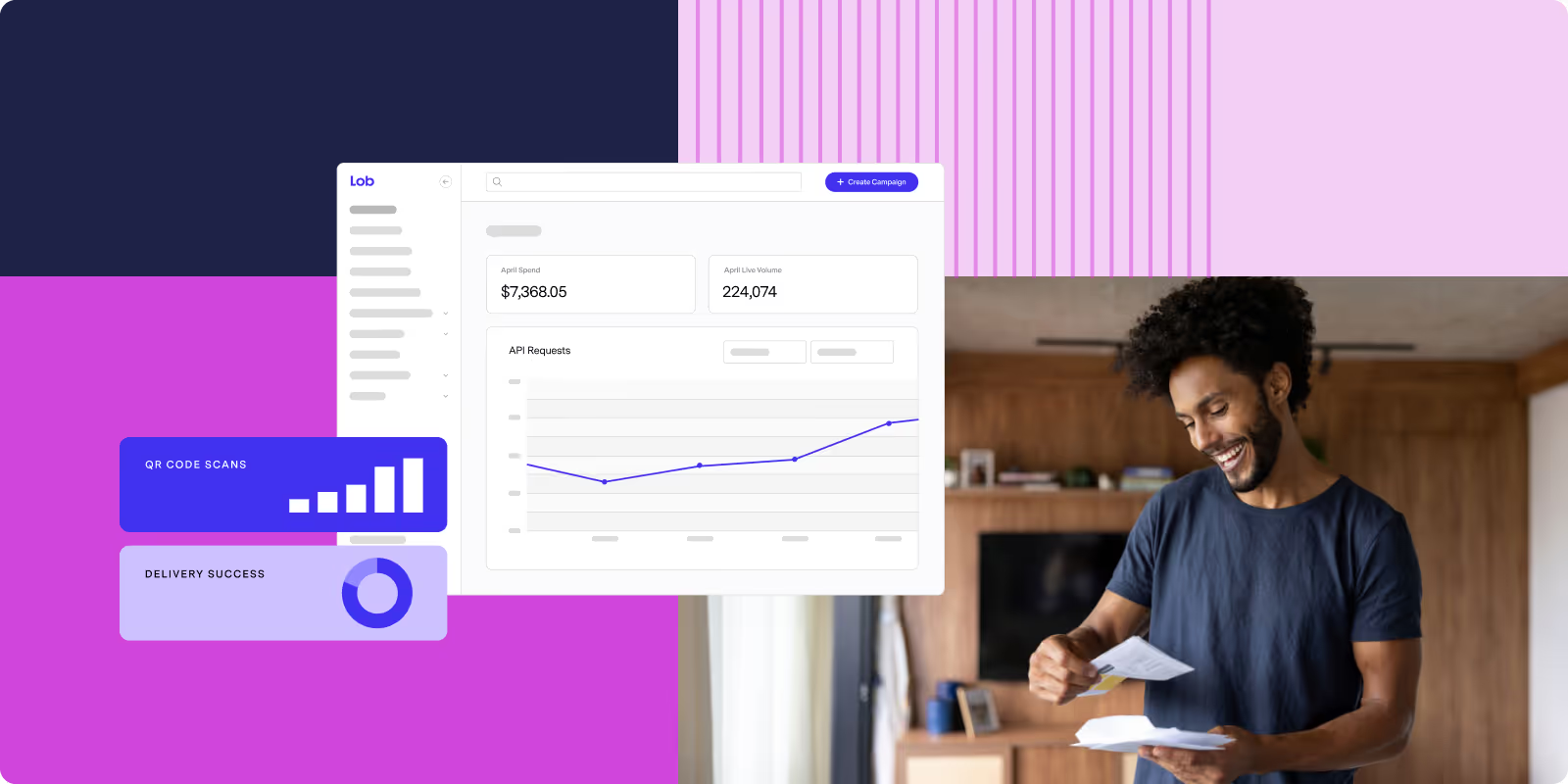


Most businesses get this wrong. They spend so much time chasing new customers that they overlook the goldmine sitting right in front of them. Your existing customers are not just easier to keep- they are your best shot at long-term growth.
Retention strategies today are more personalized and data-driven than ever. Direct mail plays a powerful role by offering a physical, measurable way to build lasting customer relationships.
This article explores how direct mail supports customer retention, with actionable tactics and strategies marketers are using right now.
Retention is about how well your business keeps customers coming back. It is measured by the percentage of customers who continue to buy from you over time.
Why does this matter? Because it is far more profitable to retain a customer than to acquire a new one. Research consistently shows that even a small increase in customer retention can lead to a significant boost in profits. Loyal customers spend more, buy more often, and are more likely to recommend you.
Direct mail reinforces retention by creating a physical touchpoint that keeps your brand top of mind and complements digital efforts. It helps customers feel appreciated, which builds long-term loyalty.
Direct mail brings unique strengths that digital channels cannot match
Direct mail also delivers results. Direct mail response rates are consistently higher than those for email, paid search, or social media. That difference can have a real impact on retention.
The more personal your mail, the better it performs. These tactics make your outreach feel more relevant and human
These moments help customers feel seen and appreciated.
Send the right message at the right time by aligning your mailings to the customer journey
Send a welcome postcard within the first week after a purchase. Say thank you, offer a tip or resource, and include a discount to encourage another order.
Reach out every few months with updates, seasonal tips, or exclusive content. A quarterly cadence works well for most businesses.
Offer perks like early access, bonus points, or VIP-only sales. Make it feel like a reward, not a retention tactic.
Acknowledge customer anniversaries or birthdays with a personalized card and small offer.
Tailor this timeline to your business and customer behavior.
Strong retention campaigns run on data and automation. Here is how to make it work
Group customers by behavior or value to personalize your messages
Set up triggers that send mail when certain actions happen
Automation helps you send the right message without manual work.
Connect your CRM and marketing automation platforms to your direct mail tool. That allows you to coordinate campaigns, track performance, and keep messaging consistent across channels.
Track key data points like
These insights power smarter campaigns.
Direct mail retention campaigns are measurable when you track the right things
Connect purchases to mailings, even if customers convert through a different channel. For example, a customer might get your postcard and then make a purchase online later. Matchback analysis helps attribute that sale to your campaign.
Platforms like Lob provide real-time tracking so you can watch performance unfold.
Measure the impact of your mailings on lifetime value using this formula:
Customer lifetime value = average order value × purchase frequency × customer lifespan
Track these values before and after your campaigns to see what changes.
Different types of campaigns can influence lifetime value in different ways.
Use these campaign types as a starting point when setting your goals.
Direct mail is perfect for reinforcing customer loyalty. A few proven tactics
These small touches can go a long way.
Direct mail helps you create deeper, more lasting relationships with the customers you already have. It keeps your brand visible, builds trust, and drives repeat purchases.
The key is to make your mailings personal, timely, and connected to the rest of your marketing. And with modern automation and data tools, you can scale it without slowing down.
At Lob, we help marketing teams turn direct mail into a reliable, efficient part of their retention strategy. Our platform handles everything from design to delivery and provides the analytics you need to prove ROI.
Want to see how it works? Book a demo to learn how top brands use Lob to keep customers coming back.
Frequently asked questions about customer retention through direct mail
FAQs

How much should I budget for direct mail retention campaigns?
Most companies allocate 15-30% of their retention marketing budget to direct mail, with the exact amount depending on your customer lifetime value, industry, and campaign scale. Start with a smaller test campaign to establish baseline performance before scaling up your investment.
How do I measure the effectiveness of direct mail for customer retention?
Track metrics like response rates, repeat purchase behavior, retention rate changes, and customer lifetime value increases. Use unique tracking codes, personalized URLs, or QR codes to connect specific mailings to customer actions and accurately measure campaign impact.
How can I ensure my direct mail retention campaigns comply with privacy regulations?
Maintain clean, permission-based mailing lists, include clear opt-out instructions on all mailings, document your data sources, and work with a direct mail partner like Lob that follows rigorous security and compliance standards like SOC 2 and HIPAA.
What types of direct mail work best for customer retention?
The most effective retention mail includes personalized thank-you notes, exclusive loyalty program communications, milestone recognition cards, and targeted offers based on purchase history—all demonstrating that you value the customer relationship and understand their specific needs.